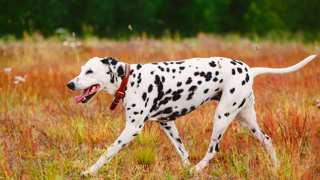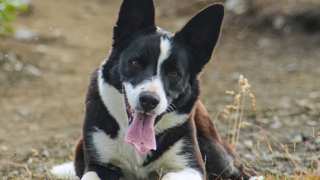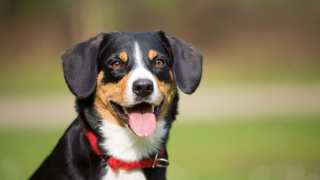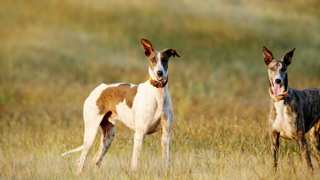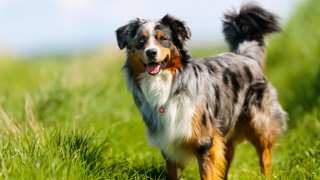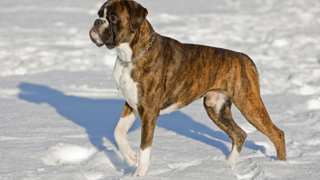The Thai Ridgeback diet will need to include animal proteins and healthy carbs, vitamins and minerals, and omega fatty acids--nutrients every dog needs to maintain its health in the long term. This means the best Thai dog food is premium dry kibble, as it contains balanced portions of the above-listed nutrients.
These dogs do best with food formulated for active breeds. SportMix, Royal Canin, and Dr. Tim's are recommended brands that carry excellent lines of premium high-energy food.
Adult Thais will need about three cups of dry food per day, divided into two meals. Thai puppies will need a bit less: depending on age, about two cups per day, divided into three meals (not two) until six months old.
For more info on feeding a Thai Ridgeback, see the following chart:
Dog AgeDog WeightFood TypeAmountFrequency2 Months12 lbsDry (Puppy formula)0.33 cups3x/day3 Months20 lbsDry0.5 cups3x/day6 Months35 lbsDry0.75 cups3x/day9 Months43 lbsDry* (Puppy/Adult)1.25 cups2x/day12 Months50 lbsDry (Adult formula)1.5 cups2x/day*--Around this time, transition to adult food by mixing in adult formula with the puppy formula, in slowly increasing amounts with each meal, for one week.
Try if possible to stick to the above-listed portions. Though these dogs aren't especially prone to obesity, if constantly overfed (and under-exercised) they can become overweight--and a fat Thai Ridgeback will have numerous health problems and a shortened lifespan. You can help control your Thai's weight by having consistent feeding and exercise schedules, by not feeding the dog table scraps, and by not leaving food in the dog's bowl all the time.
If you're worried your Thai Ridgeback is overweight, try this simple test: run a hand along the dog's side, and if you can't feel any ribs, it's diet time--which means less food and more exercise!
